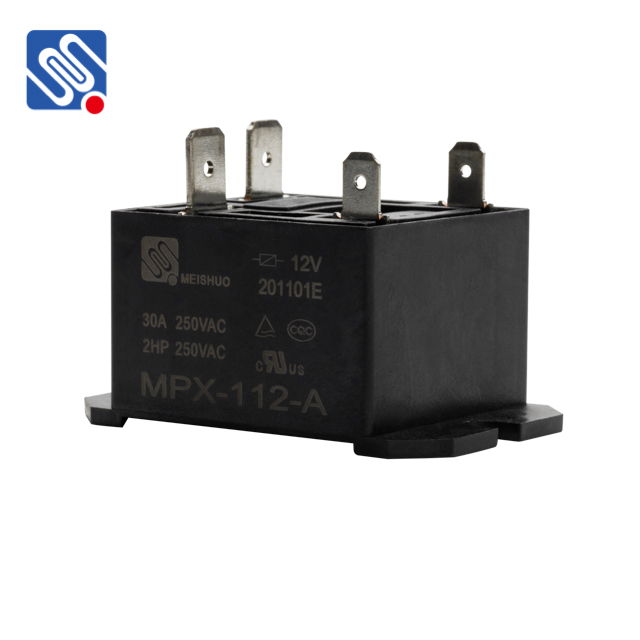Power relays are critical components in electrical systems, playing a vital role in controlling the flow of electricity in various applications. From household appliances to industrial machinery, power relays help manage high-power circuits efficiently, providing both protection and functionality. In this article, we will explore what power relays are, how they work, their types, and the wide range of applications in which they are used.

What is a Power Relay? A power relay is an electrically operated switch designed to control the switching of high-voltage or high-current circuits. It allows a small electrical signal to control a much larger electrical load. Power relays are composed of an electromagnetic coil and a set of contacts that open or close when the relay is activated by an electrical signal. Essentially, power relays act as intermediaries, using a low-power control signal to switch high-power circuits, making them indispensable in numerous industries. How Do Power Relays Work? The working principle of a power relay is relatively straightforward. When a current is applied to the coil of the relay, it generates a magnetic field. This magnetic field attracts a movable armature, which causes the relay’s contacts to either open or close. The relay is typically designed with one or more sets of contacts that can control different parts of an electrical circuit. The contacts are either normally open (NO), meaning they are disconnected when the relay is off, or normally closed (NC), meaning they are connected when the relay is off.